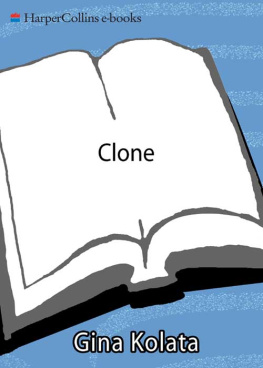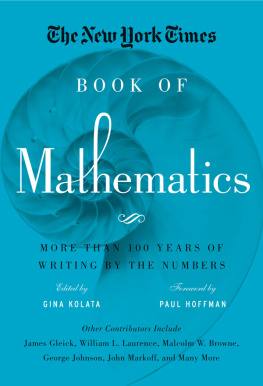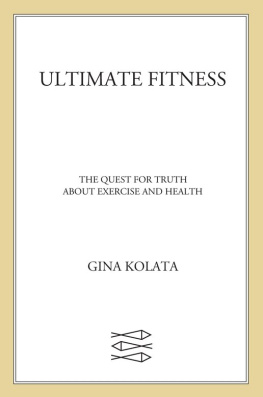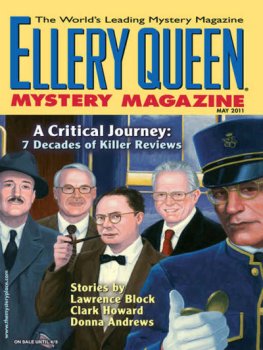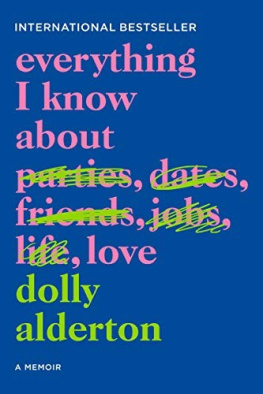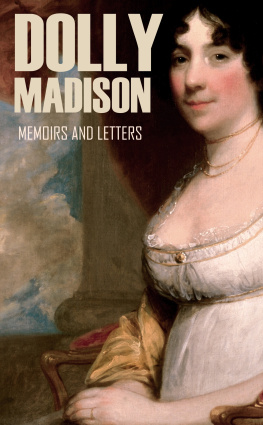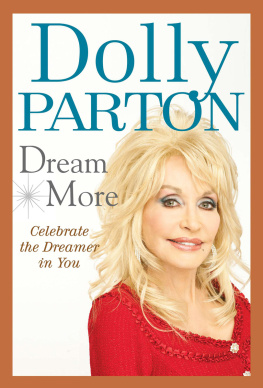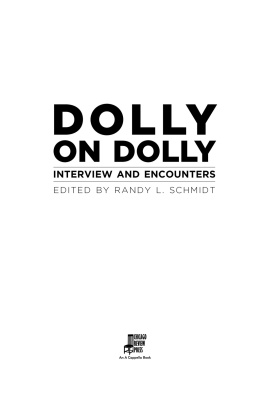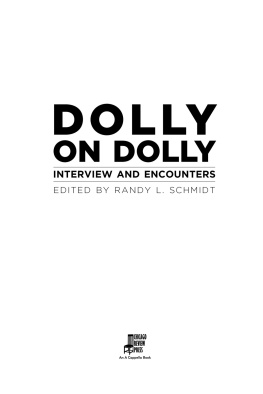1
A CLONE IS BORN
Many people wonder if this is a miracle for which we can thank God, or an ominous new way to play, God ourselves.
N ANCY D UFF
Princeton Theological Seminary
O n a soft summer night, July 5, 1996, at 5:00 p.m ., the most famous lamb in history entered the world, head and forelegs first. She was born in a shed, just down the road from the Roslin Institute in Roslin, Scotland, where she was created. And yet her creator, Ian Wilmut, a quiet, balding fifty-two-year-old embryologist, does not remember where he was when he heard that the lamb, named Dolly, was born. He does not even recall getting a telephone call from John Bracken, a scientist who had monitored the pregnancy of the sheep that gave birth to Dolly, saying that Dolly was alive and healthy and weighed 6.6 kilograms, or 14.5 pounds.
It was a moment of remarkable insouciance. No one broke open champagne. No one took pictures. Only a few staff members from the institute and a local veterinarian who attended the birth were present. Yet Dolly, a fluffy creature with grayish-white fleece and a snow-white face, who looked for all the world like hundreds of other lambs that dot the rolling hills of Scotland, was soon to change the world.
When the time comes to write the history of our age, this quiet birth, the creation of this little lamb, will stand out. The events that change history are few and unpredictable. In the twentieth century, there was the discovery of quantum theory, the revolutionary finding by physicists that the normal rules of the visible world do not apply in the realm of the atom. There was Einsteins theory of general relativity, saying that space and time can be warped. There was the splitting of the atom, with its promise of good and evil. There was the often-overlooked theorem of mathematician Kurt Gdel, which said that there are truths that are unknowable, theorems that can be neither proved nor disproved. There was the development of computers that transformed Western society.
In biology and medicine, there was the discovery of penicillin in the 1940s, and there was James Watson and Francis Cricks announcement, in 1953, that they had found the structure of DNA, the genetic blueprint. There was the conquest of smallpox that wiped the ancient scourge from the face of the earth, and the discovery of a vaccine that could prevent the tragedy of polio. In the 1980s, there was the onslaught of AIDS, which taught us that plagues can afflict us still.
In politics, there were the world wars, the rise and fall of communism, and the Great Depression. There is the economic rise of Asia in the latter part of the century, and the ever-shifting balance of the worlds powers.
But events that alter our very notion of what it means to be human are few and scattered over the centuries. The birth of Dolly is one of them. Analogies to Copernicus, to Darwin, to Freud, are appropriate, said Alan Weisbard, a professor of law and medical ethics at the University of Wisconsin. The world is a different place now that she is born.
Dolly is a clone. She was created not out of the union of a sperm and an egg but out of the genetic material from an udder cell of a six-year-old sheep. Wilmut fused the udder cell with an egg from another sheep, after first removing all genetic material from the egg. The udder cells genes took up residence in the egg and directed it to grow and develop. The result was Dolly, the identical twin of the original sheep that provided the udder cells, but an identical twin born six years later. In a moment of frivolity, as a wry joke, Wilmut named her Dolly after Dolly Parton, who also was known, he said, for her mammaries.
Until Dolly entered the world, cloning was the stuff of science fiction. It had been raised as a possibility decades ago, then dismissed, relegated to the realm of the kooky, the fringy, something that serious scientists thought was simply not going to happen anytime soon.
Yet when it happened, even though it involved but one sheep, it was truly fantastic, and at the same time horrifying in a way that is hard to define. In 1972, when Willard Gaylin, a psychiatrist and the founder of the Hastings Center, an ethics think tank, mistakenly thought that science was on the verge of cloning, he described its awesome power: One could imagine taking a single sloughed cell from the skin of a persons hand, or even from the hand of a mummy (since cells are neither alive nor dead, but merely intact or not intact), and seeing it perpetuate itself into a sheet of skin tissue. But could one really visualize the cell forming a finger, let alone a hand, let alone an embryo, let alone another Amenhotep?
And what if more than one clone is made? Is it even within the realm of the imaginable to think that someday, perhaps decades from now, but someday, you could clone yourself and make tens, dozens, hundreds of genetically identical twins? Is it really science fiction to think that your cells could be improved beforehand, genetically engineered to add some genes and snip out others? These ideas, that so destroy the notion of the self, that touch on the idea of the soul, of human identity, seemed so implausible to most scientists that they had declared cloning off-limits for discussion.
Even ethicists, those professional worriers whose business it is to raise alarms about medicine and technology, were steered away from talk of cloning, though they tried to make it a serious topic. In fact, it was one of the first subjects mentioned when the bio-ethics field came into its own in the late 1960s and early 1970s. But scientists quashed the ethicists ruminations, telling them to stop inventing such scary scenarios. The ethicists were informed that they were giving science a bad name to raise such specters as if they were real possibilities. The public would be frightened, research grants might dry up, scientists would be seen as Frankensteins, and legitimate studies that could benefit humankind could be threatened as part of an anti-science backlash.
Daniel Callahan, one of the founders of the bioethics movement and the founder, with Gaylin, of the Hastings Center, recalled that when he and others wanted to talk about cloning, scientists pooh-poohed them. They were told, he said, that there was no real incentive for science to do this and it was just one of those scary things that ethicists and others were talking about that would do real harm to science.
Now, with the birth of Dolly, the ethicists were vindicated. Yes, it was a sheep that was cloned, not a human being. But there was nothing exceptional about sheep. Even Wilmut, who made it clear that he abhorred the very idea of cloning people, said that there was no longer any theoretical reason why humans could not clone themselves, using the same methods he had used to clone Dolly. There is no reason in principle why you couldnt do it. But, he added, all of us would find that offensive.
The utterly pragmatic approach of Wilmut and many other scientists, however, ignores the awesome nature of what was accomplished. Our era is said to be devoted to the self, with psychologists and philosophers battling over who can best probe the nature of our identities. But cloning pares the questions down to their essence, forcing us to think about what we mean by the self, whether we are our genes or, if not, what makes us us. To thine own self be true goes the popular line from Shakespearebut what is the self?
We live in an age of the ethicist, a time when we argue about pragmatism and compromises in our quest to be morally right. But cloning forces us back to the most basic questions that have plagued humanity since the dawn of recorded time: What is good and what is evil? And how much potential for evil can we tolerate to obtain something that might be good? We live in a time when sin is becoming one of those quaint words that we might hear in church but that has little to do with our daily world. Cloning, however, with its possibilities for creating our own identical twins, brings us back to the ancient sins of vanity and pride: the sins of Narcissus, who so loved himself, and of Prometheus, who, in stealing fire, sought the powers of God. In a time when we hear rallying cries of reproductive freedom, of libertarianism and the rights of people to do what they want, so long as they hurt no one else, cloning, by raising the possibility that people could be made to order like commodities, places such ideas against the larger backdrop of human dignity.

